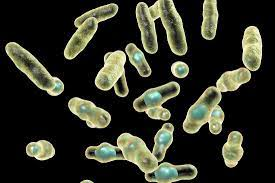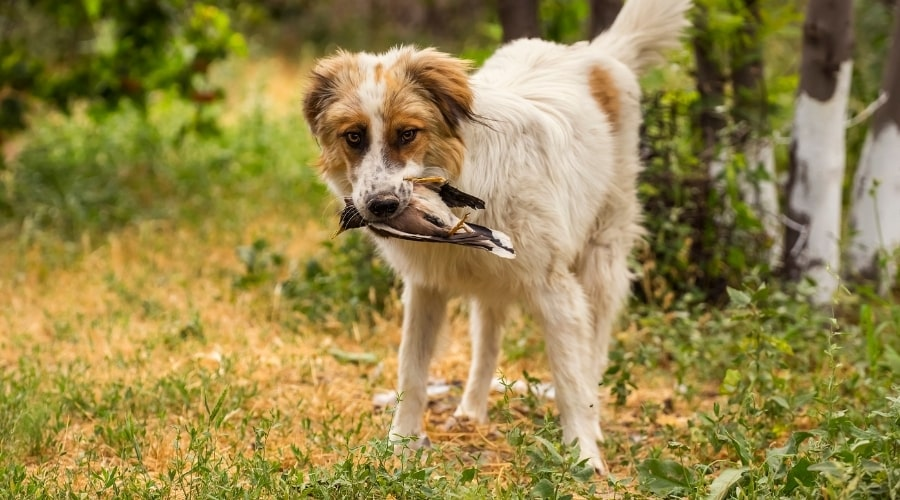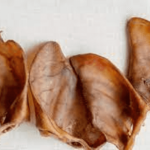
When companion pets have chronic diarrhea, one of the tests that is run looks for the bacteria Clostridium perfringens. Having the bacteria alone isn’t uncommon but it can produce a toxin in the intestinal tract called an enterotoxin, which in turn causes diarrhea.
A little about Clostridium perfringens
The bacteria in the Clostridial family have a bad reputation and for good reason. Clostridium is the bacteria behind tetanus and botulism – two historically serious diseases. What makes Clostridia bacteria so potent?
- They produce toxins.
- They are anaerobic (can thrive in the absence of oxygen).
- They form spores which can withstand extremes in temperature as well as disinfectants that would kill more other types of bacteria.
Clostridium perfringens is classified into five biotypes (A, B, C, D and E) depending on what combination of toxins it produces. Dogs are almost exclusively infected with type A. While some of the toxins can be found in normal dogs, but in high enough concentrations they result in ongoing or chronic diarrhea.
How does a Clostridium perfringens Infection Happen?
The organism gains entry into an individual via ingested material such as food, chewing up old contaminated foods including some raw dog foods and eating rotten things.

When the organism is swallowed and enters the small intestine, it forms spores which begins to produce toxin or toxins. In some cases, the bacteria is already present but inactive and something triggers it to form spores, which then produce toxin(s).
The trigger may be dietary, may be related to infection with another organism, or may even be related to medications, especially antibiotics. The type of diarrhea produced is generally large intestine diarrhea called colitis.
This type of diarrhea is watery sometimes with mucus or bloody, and associated with straining that can be mistaken for constipation. If the diarrhea is very watery and in larger quantities, it likely comes from the small intestine. The severity of the diarrhea can range from mild to life-threatening, depending on how much toxin is produced.
Testing for Toxin-Producing Strains Of Clostridium perfringens and other bacteria
The best way to tell if there is an enterotoxin caused by Clostridium is by amplifying DNA from fecal material in a test known as PRC. This tells us what type of toxin is being produced and what bacteria is involved Clostridia of otherwise.
It is important to see in toxins are being produced as many dogs, cats and even people can have Clostridium in their intestines and the majority are unaffected.
PCR testing also tells us how much toxin is present so we can know if the diarrhea is likely being caused by Clostridium versus something else and target our treatment. .Again, the severity of the diarrhea can be mild to life-threatening.
When Should We Treat for Clostridium perfringens?
An individual does not need to be treated for C. perfringens unless diarrhea is present. Since 80% of dogs have Clostridium perfringens regardless of being symptomatic, PCR testing is very useful for detecting the toxin(s) and the quantity. It tells us when we need to treat and if Clostridium is at the root of it, we know what medications to use.
Remember that Clostridial diarrhea might be the whole cause and curative with the right antibiotic or it might be an opportunistic infection taking advantage of another bigger problem.
That’s why in some instances treatment for Clostridial diarrhea might only partially resolve the problem and be incomplete for full resolution.
But, let’s say we’re lucky and it’s only Clostridial toxins involved. Then, any number of antibiotics can be used to treat the infection. Some choices include amoxicillin, metronidazole, erythromycin, and tylosin.
Luckily, if C. perfringens is responsible for the diarrhea, a response to antibiotics is generally seen in a couple of days, but the full course of medication your veterinarian prescribed should still be completed.


